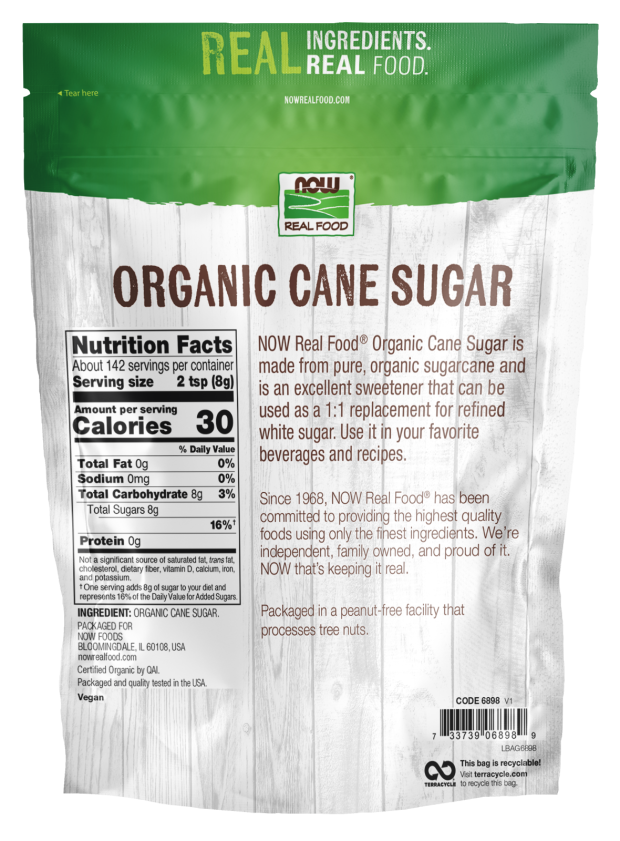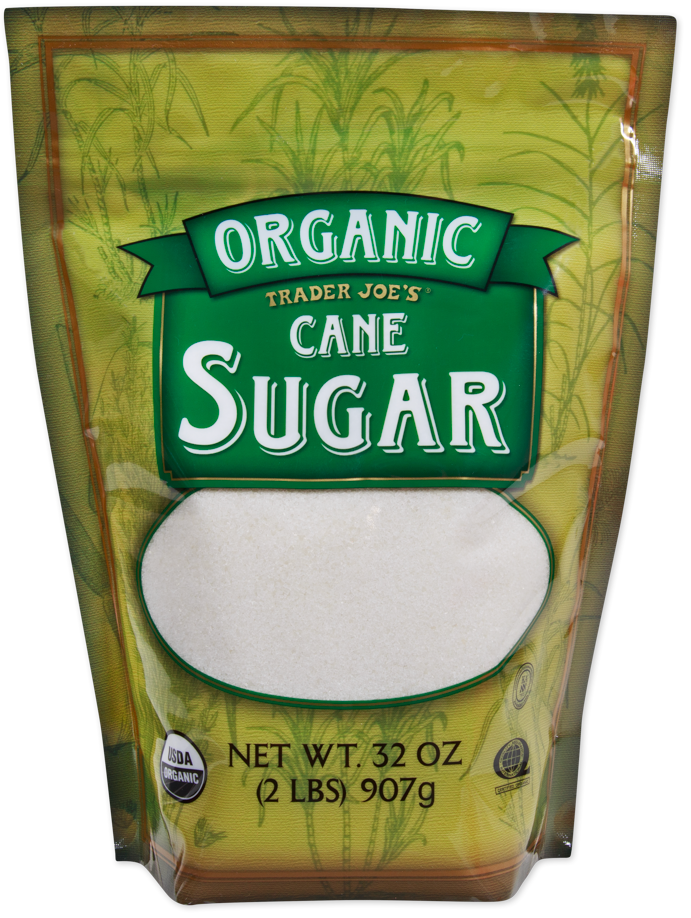Cane Sugar Processing: From Area to Table-- A Step-by-Step Guide
Cane Sugar Processing: From Area to Table-- A Step-by-Step Guide
Blog Article
An In-Depth Guide to the Environmental Influence and Sustainability Practices in Walking Stick Sugar Processing
The environmental influence of walking stick sugar processing provides an intricate range of difficulties that warrant careful exam. From soil deterioration and extreme water use to the carbon impact connected with cultivation and production, the effects of conventional methods are far-ranging. On the other hand, the fostering of cutting-edge sustainability actions supplies a path toward a lot more accountable production methods. Recognizing the interaction in between these problems is important for stakeholders in the industry. What specific methods can be implemented to strike a balance between productivity and ecological stewardship? The solutions depend on a closer look at both the obstacles and possible options.
Introduction of Walking Cane Sugar Processing
Walking stick sugar processing includes a series of organized steps that transform sugarcane into polished sugar. Originally, collected sugarcane is carried to processing facilities, where it undertakes cleaning up to remove soil and particles. Following this, the walking cane is squashed to draw out juice, which is after that cleared up by getting rid of pollutants with heating and the enhancement of lime.
The cleared up juice goes through dissipation, where water is removed to focus the sugar content. This concentrated syrup is after that taken shape via air conditioning, allowing sugar crystals to create. These crystals are divided from the continuing to be syrup utilizing centrifugation, resulting in raw sugar. To achieve refined sugar, the raw item undergoes further purification processes, which may consist of filtering system and washing to eliminate continuing to be contaminations and color.
The final product is after that dried and packaged for circulation. Throughout this entire process, keeping performance and high quality control is vital to ensure the sugar fulfills sector standards. Each action in walking stick sugar processing not just contributes to the end product but likewise has ramifications for resource use and waste generation, establishing the stage for conversations on sustainability and environmental effects linked with sugar production.
Environmental Challenges of Production
The manufacturing of walking stick sugar provides a number of considerable ecological challenges that warrant focus. One primary problem is the comprehensive usage of agrochemicals, including fertilizers and pesticides, which can bring about soil destruction, biodiversity loss, and contamination of regional water resources. The runoff from sugarcane fields commonly lugs these chemicals into nearby ecosystems, interfering with marine life and impacting the health of neighborhoods reliant on these water bodies.
An additional difficulty is the high energy usage connected with sugarcane processing. The boiling and refining stages call for considerable warmth, mostly produced by burning nonrenewable fuel sources, contributing to greenhouse gas emissions. Additionally, the large land location needed for sugarcane cultivation can cause deforestation and habitat devastation, additional aggravating climate modification and threatening wild animals.
Moreover, the labor methods in some areas raise ethical problems, as workers might deal with inadequate working problems and inadequate salaries. This scenario typically perpetuates a cycle of poverty in regional communities. Cane Sugar Processing. Resolving these ecological obstacles is crucial for creating more lasting methods in walking cane sugar production, inevitably profiting both the environment and the neighborhoods included in this industry
Water and Land Usage Influence
Water resources and land utilization are important parts in the walking stick sugar sector that significantly affect the setting. The growing of sugarcane requires considerable water input, with quotes recommending that it can eat up to 2,000 liters of water per kilo of sugar produced. This extensive usage of water often leads to depletion of local water resources, affecting not only the sugarcane haciendas however also surrounding environments and areas that count on the exact same water resources for farming and residential use.

Furthermore, land use for sugarcane cultivation can result in logging and the conversion of natural environments into monoculture plantations. This technique reduces biodiversity, interrupts local environments, and contributes to soil deterioration. The development of sugarcane areas usually elbows in on beneficial farming land, producing competitors for sources in between food and biofuel production.
Sustainable practices, such as optimizing irrigation strategies and implementing crop rotation, are important to minimize these impacts. By adopting extra effective water use and land monitoring methods, the walking stick sugar sector can reduce its eco-friendly impact, making sure an equilibrium between agricultural performance and ecological preservation.
Greenhouse Gas Emissions
Greenhouse gas exhausts stand for a considerable environmental problem within the walking stick sugar handling market, specifically as farming techniques expand to meet worldwide need. The growing of sugarcane, a plant that thrives in exotic climates, relies heavily on artificial fertilizers and chemicals, which add to laughing gas exhausts. In addition, land-use changes, including deforestation for new sugarcane haciendas, release co2 saved in plant life and soil.
During processing, power intake is one more significant resource of greenhouse gas discharges - Cane Sugar Processing. Many sugar mills make use of fossil fuels to power machinery and generate heat, resulting in considerable carbon footprints. Furthermore, the transportation of raw sugarcane and finished items includes layers of emissions with fuel burning in lorries
This includes assessing existing agricultural practices, refining approaches, and transport systems to identify locations for enhancement and mitigation. Addressing greenhouse gas discharges is vital for promoting a much more sustainable walking cane sugar sector in a changing environment.

Sustainable Practices and Innovations
Sustainable methods and advancements are progressively vital in the cane sugar handling market as stakeholders seek to reduce ecological influences while keeping productivity. One considerable improvement is the application of incorporated plant monitoring, which optimizes resource use by incorporating soil monitoring, parasite control, and plant rotation strategies. This strategy enhances yield while lessening chemical inputs and preserving dirt wellness.
Moreover, the fostering of sustainable energy resources, such as biomass from best site sugarcane residues, has actually acquired traction - Cane Sugar Processing. By transforming waste items right into power, processing facilities can decrease their dependence on nonrenewable fuel sources, thus reducing greenhouse gas discharges
Water management practices have likewise seen renovations via the recycling and reusing of water in handling plants, significantly reducing freshwater usage. Innovations in modern technology, such as precision agriculture, allow farmers to keep track of plant health and source usage extra effectively, making sure lasting cultivation methods.
Moreover, certification programs like Fair Trade and Rainforest Alliance motivate eco accountable farming techniques and promote social equity within the supply chain. By embracing these lasting techniques and innovations, the cane sugar processing sector can improve its strength and add positively to environmental stewardship.
Verdict
The environmental impact of walking stick sugar processing presents substantial obstacles, consisting of dirt destruction, high water intake, and greenhouse gas emissions, along with ethical problems related to labor techniques. Addressing these problems via lasting methods, such as incorporated crop management, renewable resource fostering, and water recycling, is crucial. By advertising socially equitable and ecologically accountable techniques in sugar manufacturing, the industry can alleviate its negative effects, making sure a more lasting future for both areas and communities associated with this market.
Walking cane sugar processing involves a series of organized steps that change sugarcane into refined sugar. Each step in walking cane sugar processing not only contributes to the last product but additionally has effects for source use and waste generation, setting the stage for discussions on sustainability and ecological effects associated with sugar manufacturing.
Greenhouse gas exhausts represent a considerable ecological problem within the walking cane sugar handling market, particularly as farming practices expand to meet worldwide demand.Lasting methods and advancements are significantly crucial read here in the walking stick sugar processing industry as stakeholders look for to minimize environmental influences while preserving productivity.The ecological influence check this site out of walking stick sugar handling presents significant obstacles, consisting of dirt deterioration, high water usage, and greenhouse gas exhausts, along with ethical issues connected to labor practices.
Report this page